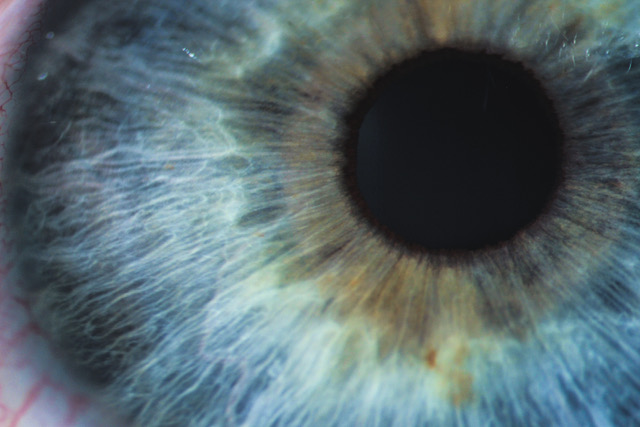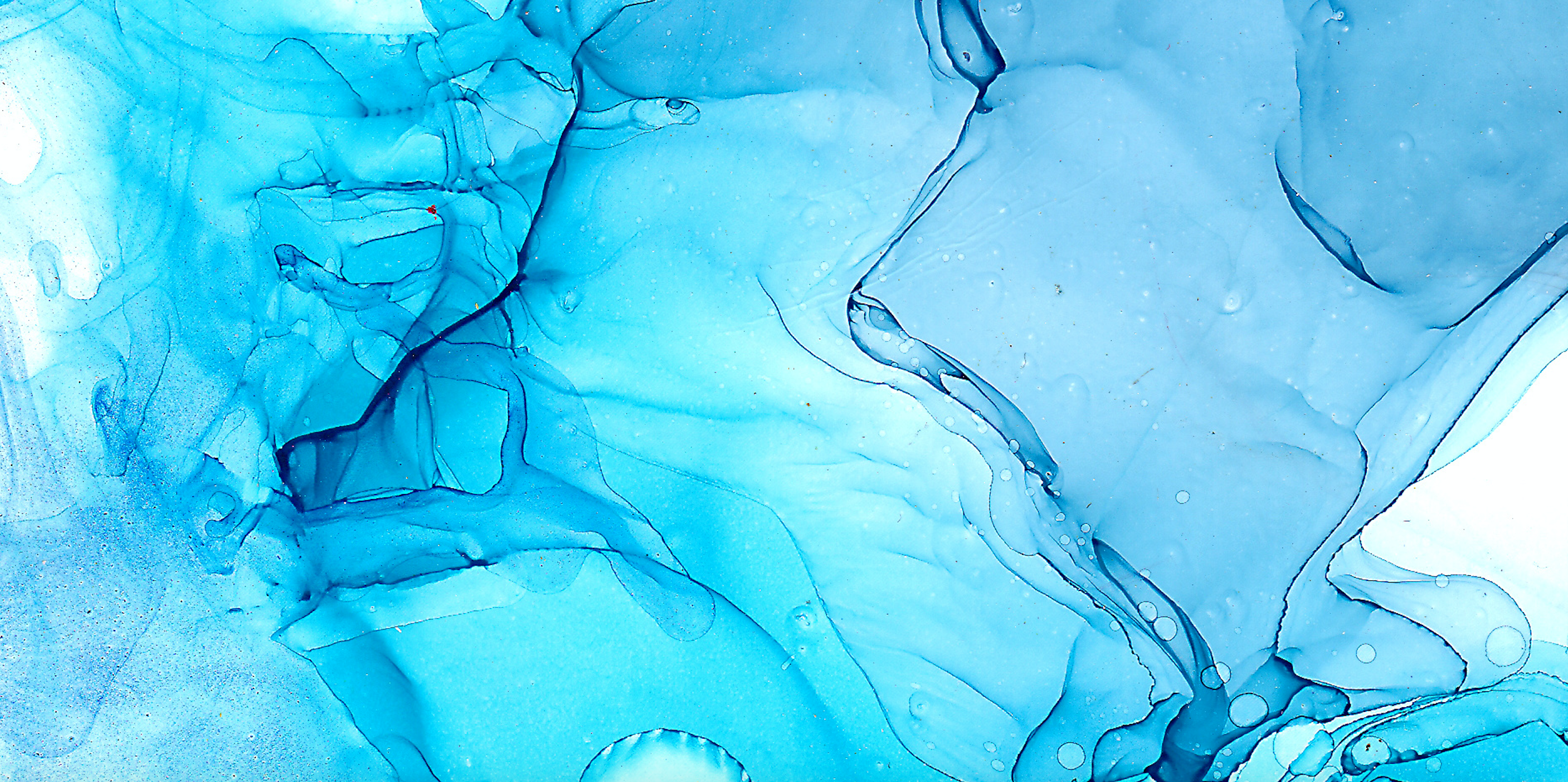Implementation of background mathematical knowledge

When it comes to algorithm formation, the area of Artificial Intelligence is shaped by two opposite schools of thought. According to one view, in order to generate the most efficient ‘learner’, one should strive to construct a machine learning engine with almost no use of prior expert knowledge. In this way, the ‘new knowledge’ is derived in a pure ‘trial and error’ process based on large volumes of data. In contrast, the second approach supports the partial implementation of already formulated sets of rules and assumptions into the learning algorithms, ahead of running any experiments with the ingested data.
As both of the aforementioned propositions yield impactful gains in efficiency, we decided to find a ‘golden mean’, and optimize the creation ORA AI in way that gives us the opportunity to capitalize on the most powerful ‘learning’ method. ORA’s machine learning algorithm merges with the prior expert knowledge, which allows it to approach the optimal solution faster than the competing algorithms. Moreover, the implemented method is proved to function as a more effective precaution against fundamental errors caused by misinterpretation of the structure of the data by conventional learning algorithms.



